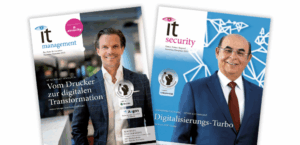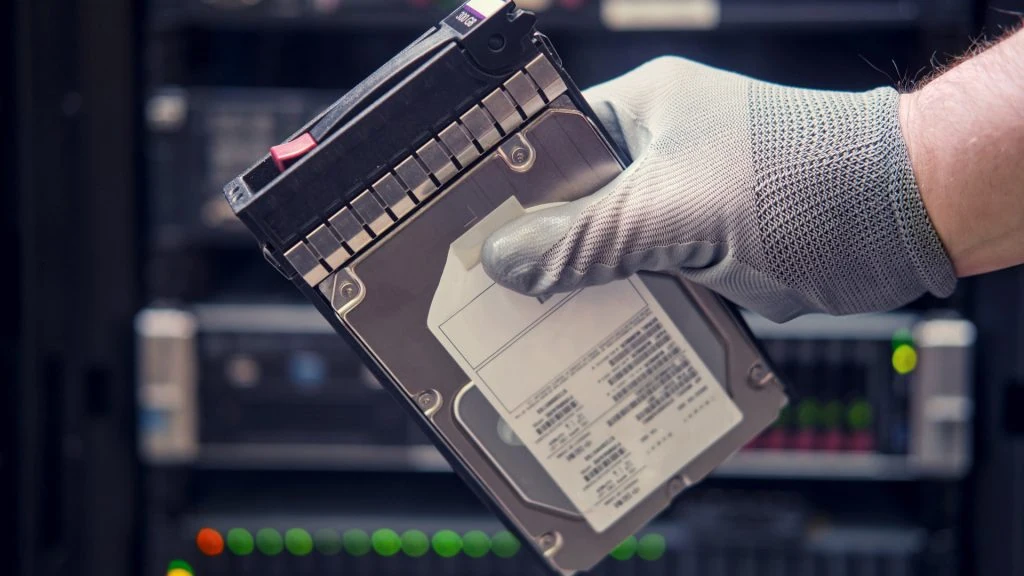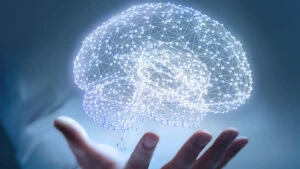The debate about the replaceability of hard disks with flash solutions and the imminent end of HDDs in data centers has gained momentum in recent years.
However, this never materialized. Despite the high performance and speed of flash memory, the need for hard disks remains.
This is not least due to the enormous growth in data, which is being driven in particular by cloud and AI applications. Analysts even predict that hard drives will be the main beneficiary of this development, especially in enterprise and large cloud data centers.
Seagate dispels the three most common myths about hard disks and SSDs:
Myth 1: A convergence of SSD and HDD prices is in sight
The myth that prices for SSDs will soon match those for hard disks persists. But the reality is different: Hard disks remain the most cost-effective storage option for data centers due to their significant cost advantage per terabyte. This is because the acquisition costs for devices make up by far the largest part of the total cost of ownership (TCO). An analysis of research results from IDC and Forward Insights by Seagate shows that the price difference between enterprise SSDs and hard disks will remain at a ratio of 6:1 or more until at least 2027.
Myth 2: NAND memory can replace all hard disks
It is also unrealistic to say that NAND memory could replace the entire hard disk capacity on the market. This would result in immense investment costs. According to Yole Intelligence, the NAND industry shipped 3.1 zettabytes (ZB) between 2015 and 2023 and invested 208 billion US dollars in this. This corresponds to around 47 percent of its total turnover. In order to reach the forecast hard disk capacity of 2.723 ZB for 2027, additional investments of USD 206 billion would be required with a total addressable market of around USD 25 billion according to the industry analysts’ calculations – financially unacceptable for the NAND industry. In contrast, hard disks cover the majority of storage requirements in large data centers in a capital-efficient manner.
Myth 3: Hard disks are not designed for modern workloads
The assumption that only all-flash arrays (AFAs) can meet the performance requirements of modern enterprise workloads is as widespread as it is misleading. AFAs are often recommended for reasons of “future-proofing”. In reality, however, enterprise storage usually consists of different storage media. The reasons for this include the following:
- Many modern workloads do not require the performance benefits of flash. Background: Most data is stored in the cloud and in large data centers. There, however, only a small part of the workload requires a considerable amount of performance. For this reason, according to IDC hard disks have accounted for almost 90 percent of the installed storage base of cloud service providers and hyperscale data centers over the last five years.
- The decisive factor is the TCO. Although pure flash solutions are certainly suitable for read-intensive scenarios, they also have disadvantages: with high write activity, they lose their longevity. Manufacturers counter this problem with error corrections and over-provisioning, resulting in higher product and energy costs in the long term. Hard disks or hybrid arrays of hard disks and SSDs often offer the better solution here and a compromise between cost, capacity and performance.
Conclusion: Contrary to the discussions about the end of the hard disk, it is clear that its cost efficiency and capacity advantages will continue to secure it a central role in the data storage infrastructure of data centers and thus in the market.
(pd/Seagate)















